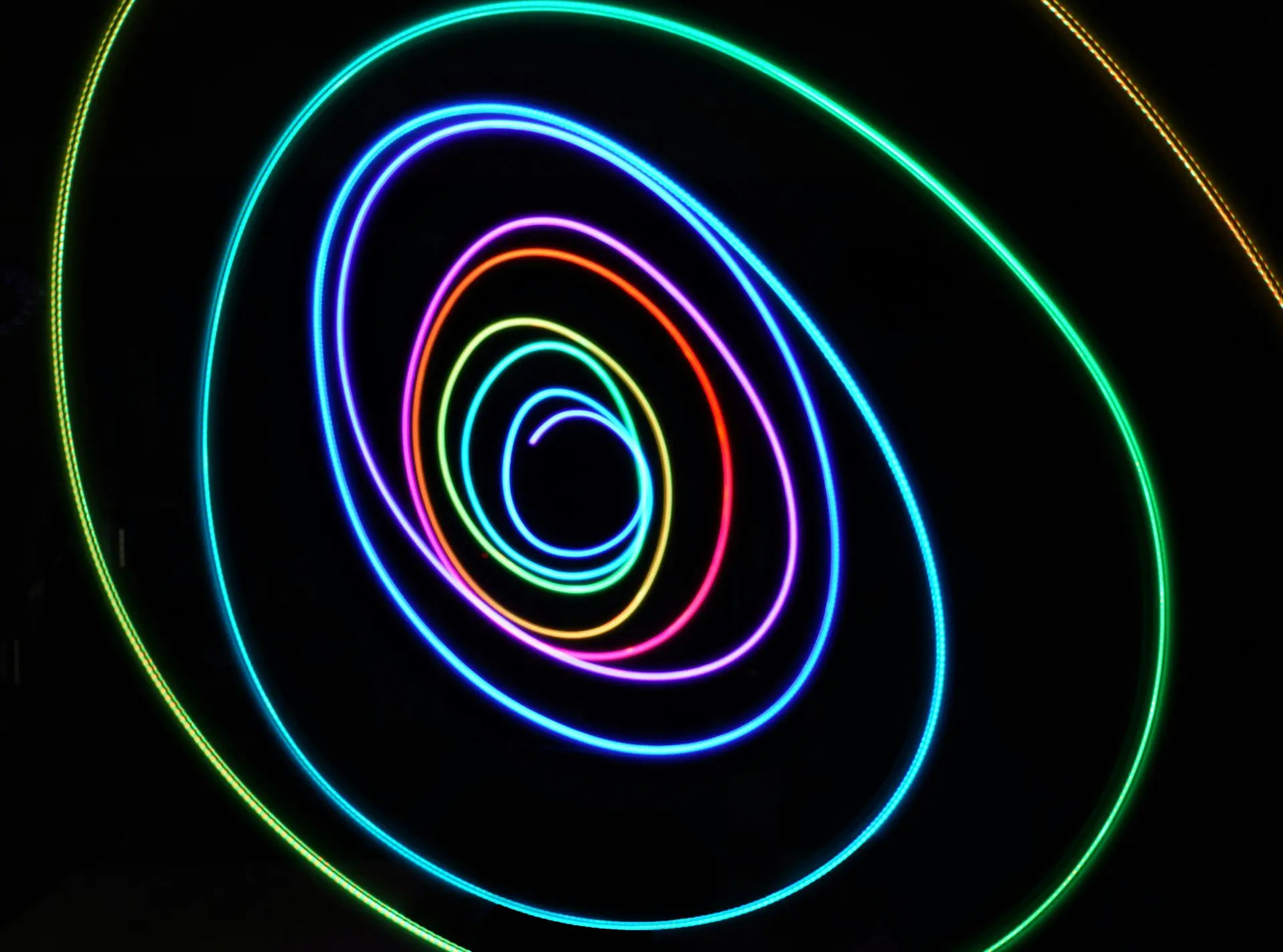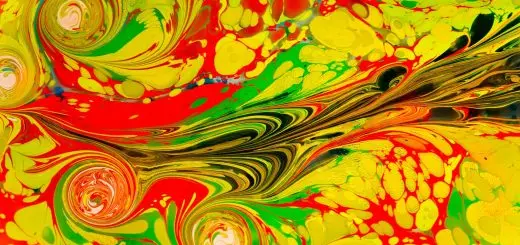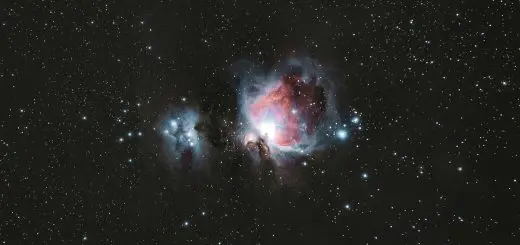Afterlife in Shinto: The Realm of the Kami

Looking for more amazing products? Check out our online store and explore our collection here! Happy shopping!
Before diving in, please note: This post is for informational purposes only. If you’d like to know more about how we approach topics, feel free to check out our friendly Disclaimer Page.
Hey there, amazing readers! 
We’re committed to delivering quality posts, and your support (even just sticking around despite the ads) means everything to us. So, bear with us, and thanks for helping us keep the good vibes rolling. Now, on to the fun stuff!
TRANSLATE BUTTON AT THE END OF THE ARTICLE
Introduction to Shinto Beliefs
Shinto is an ancient Japanese belief system that centers around the worship of kami, which are considered divine spirits or gods.
The word "Shinto" itself translates to "the way of the gods," highlighting the reverence and connection to these spiritual entities.
Shinto does not have a single founder, sacred scripture, or central religious authority, making it a diverse and decentralized belief system.
Instead, Shinto is deeply rooted in Japanese culture and traditions, influencing various aspects of everyday life, from rituals to festivals.
Understanding the Concept of Kami
Kami are at the core of Shinto beliefs, representing the various divine beings and spirits that inhabit the world.
These entities can manifest in nature, objects, animals, and even deceased ancestors.
Kami are believed to influence human affairs and protect specific areas or aspects of life.
There are countless kami in Shinto, ranging from major deities like Amaterasu, the sun goddess, to local spirits tied to specific locations.
Kami are revered and honored through rituals, prayers, and offerings, emphasizing the interconnectedness between the spiritual and physical realms in Shinto.
The Role of Ancestors in Shinto
Ancestors hold a significant place in Shinto beliefs, with the deceased often regarded as kami themselves.
Ancestor veneration is a common practice in Shinto, where families pay respects to their forebears through rituals and offerings.
Ancestors are seen as guardians and guides for the living, providing wisdom and protection from the spiritual realm.
The bond between the living and the dead is deeply cherished in Shinto, fostering a sense of continuity and interconnectedness across generations.
Journey to the Afterlife in Shinto
In Shinto, the afterlife is not viewed as a static realm but rather as a dynamic continuation of existence.
The journey to the afterlife is believed to be guided by kami, who usher the souls of the deceased to their rightful place in the spiritual realm.
This journey is marked by various rituals and ceremonies that help the departed navigate the transition from the physical world to the spiritual plane.
The afterlife in Shinto is seen as a realm of peace and harmony, where souls can find rest and fulfillment in the presence of kami.
The Different Realms of the Kami
Kami are thought to reside in different realms or dimensions, each serving a unique purpose or function.
These realms include celestial realms where major deities like Amaterasu dwell, earthly realms tied to nature and specific locations, and underworld realms associated with the spirits of the deceased.
The diversity of kami and their realms reflects the multifaceted nature of Shinto beliefs, showcasing the interconnectedness of the spiritual and physical worlds in Japanese cosmology.
Rituals and Offerings for the Departed
Rituals and offerings play a crucial role in honoring the departed in Shinto.
Families often conduct ceremonies to commemorate the anniversaries of a loved one’s passing, offering prayers, food, and symbolic items to the deceased.
These rituals not only express reverence for the ancestors but also seek to maintain a bond between the living and the dead.
By making offerings and performing rituals, individuals in Shinto demonstrate their respect and gratitude towards their ancestors, ensuring their continued presence and protection in the spiritual realm.
Reincarnation in Shintoism
Reincarnation is a concept present in Shinto beliefs, although it is not as central as in other Eastern religions like Buddhism.
In Shinto, the cycle of birth, death, and rebirth is believed to be influenced by karma and the will of kami.
Souls may be reborn into the physical world based on their actions and spiritual development in previous lives.
Reincarnation in Shinto is seen as a natural process that reflects the interconnectedness of all living beings and their ongoing relationship with the divine forces of the universe.
How Kami Influence the Living
Kami are believed to have a profound impact on the lives of the living, influencing events, relationships, and natural phenomena.
Individuals in Shinto often seek guidance and blessings from kami through prayers and rituals, hoping to gain favor and protection in various aspects of life.
Kami can inspire creativity, offer wisdom, and bring prosperity to those who honor them devoutly.
By acknowledging the presence and influence of kami, practitioners of Shinto strive to live in harmony with the spiritual forces that shape their world.
Honoring the Dead in Shinto Shrines
Shinto shrines serve as sacred spaces where kami are enshrined and worshipped, including those who have passed on to the afterlife.
Many shrines have designated areas or altars dedicated to honoring the spirits of the deceased, allowing visitors to pay their respects and offer prayers for their ancestors.
Shinto shrines provide a place of solace and connection for those seeking to commune with the spiritual realm and seek blessings from the kami.
Visiting shrines to honor the dead is a common practice in Shinto, reflecting the deep-rooted respect for ancestors in Japanese culture.
Shinto Funerals and Mourning Practices
Shinto funerals are steeped in tradition and symbolism, reflecting the belief in the continuity of life beyond death.
Funerals typically involve purification rites, prayers, and offerings to guide the departed soul to the afterlife.
Mourners wear black funeral attire and observe periods of mourning to show respect for the deceased and their family.
Shinto funerals emphasize the importance of honoring the deceased and maintaining spiritual connection with the ancestors.
Mourning practices in Shinto are designed to provide solace and support for the grieving family, fostering a sense of community and collective remembrance.
Stories of the Afterlife in Shinto Mythology
Shinto mythology is rich with stories of the afterlife, depicting various realms and deities that govern the spiritual world.
Tales of heroic journeys to the underworld, encounters with divine spirits, and the trials of the soul in the afterlife are prevalent in Shinto folklore.
These stories serve to illuminate the complex relationship between the living and the dead, highlighting the role of kami as guides and protectors of the soul.
Through mythology, Shinto offers profound insights into the nature of existence, destiny, and the interconnectedness of all beings in the ever-evolving tapestry of the universe.
Comparing Shinto Views on Afterlife with Other Religions
Shinto’s views on the afterlife differ from those of many other religions, particularly monotheistic faiths like Christianity and Islam.
While Shinto lacks a strict doctrine of heaven or hell, it emphasizes the cyclical nature of existence and the interconnectedness of all beings.
In contrast, monotheistic religions often posit a linear progression towards a final judgment and eternal salvation or damnation.
Shinto’s focus on ancestral reverence, kami worship, and spiritual harmony sets it apart from Western religious traditions, offering a unique perspective on the afterlife and the human experience.
Conclusion
In conclusion, Shinto offers a fascinating glimpse into the realm of the kami and the afterlife.
Through its emphasis on ancestral veneration, kami worship, and spiritual interconnectedness, Shinto provides a unique perspective on the nature of existence and the journey of the soul beyond death.
The diverse realms of the kami, the rituals for the departed, and the influence of kami on the living all contribute to the rich tapestry of beliefs and practices in Shinto.
By exploring Shinto’s views on the afterlife and comparing them to other religions, we can gain a deeper understanding of the complexities of human spirituality and the enduring quest for connection with the divine.

The Enlightenment Journey is a remarkable collection of writings authored by a distinguished group of experts in the fields of spirituality, new age, and esoteric knowledge.
This anthology features a diverse assembly of well-experienced authors who bring their profound insights and credible perspectives to the forefront.
Each contributor possesses a wealth of knowledge and wisdom, making them authorities in their respective domains.
Together, they offer readers a transformative journey into the realms of spiritual growth, self-discovery, and esoteric enlightenment.
The Enlightenment Journey is a testament to the collective expertise of these luminaries, providing readers with a rich tapestry of ideas and information to illuminate their spiritual path.
Our Diverse Expertise
While our primary focus is on spirituality and esotericism, we are equally passionate about exploring a wide range of other topics and niches 

To ensure we provide the most accurate and valuable insights, we collaborate with trusted experts in their respective domains 
Our blog originally focused on spirituality and metaphysics, but we’ve since expanded to cover a wide range of niches. Don’t worry—we continue to publish a lot of articles on spirituality! Frequently visit our blog to explore our diverse content and stay tuned for more insightful reads.
Hey there, amazing reader! 
Check out our store here and take a peek at some of our featured products below! Thanks for being awesome!










